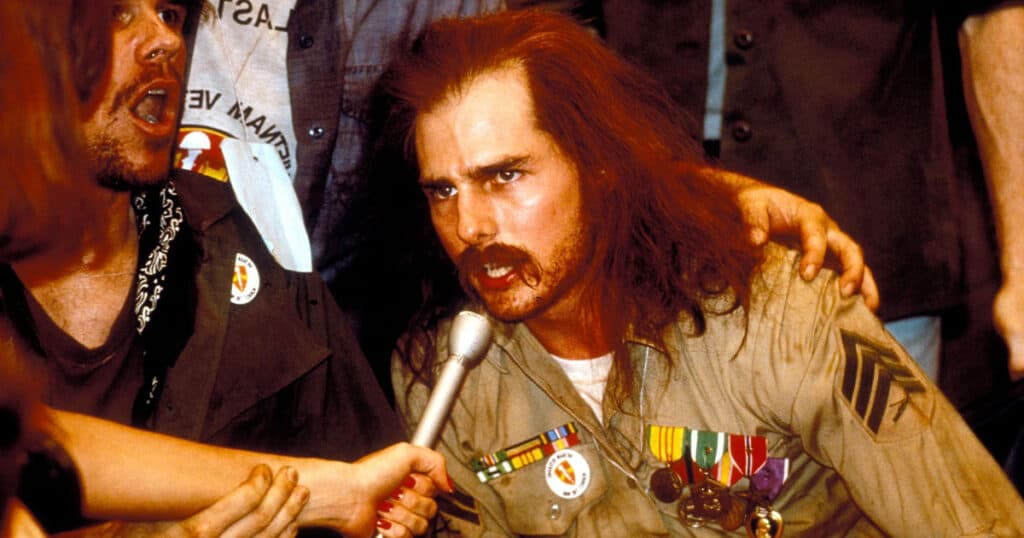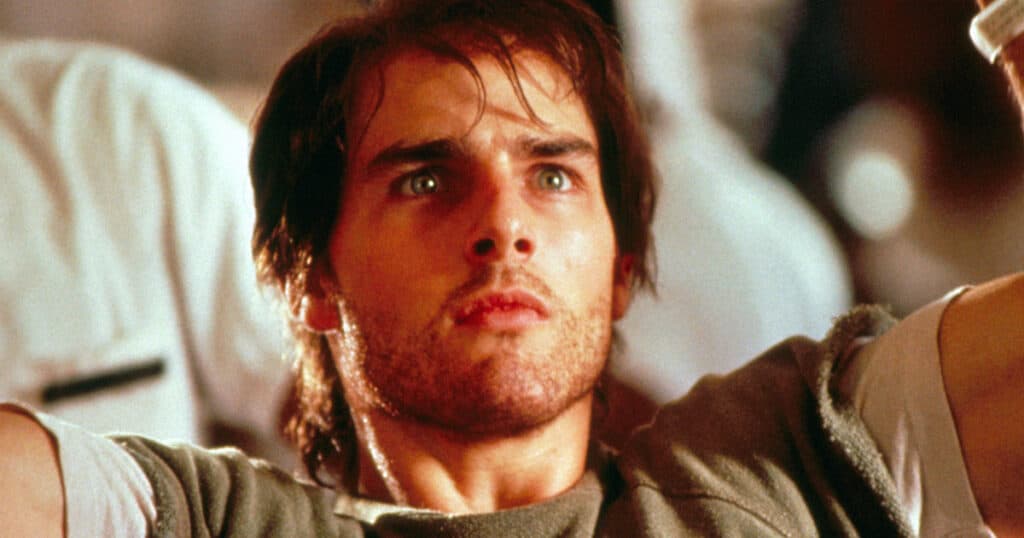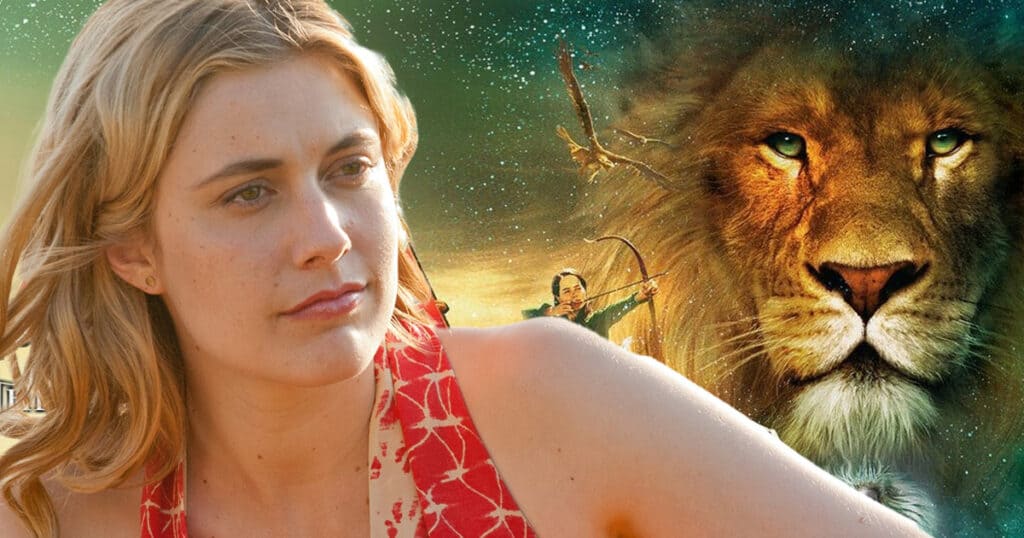Entertainment - Media News Watch originally published at Entertainment - Media News Watch
Until the 1980’s, Hollywood had a strange relationship with the Vietnam War. While the war was being fought, most movies did not depict it unless they were like John Wayne’s The Green Berets. If the war was dealt with, usually it was done metaphorically, or by using another war as a stand-in, such as what happened with 1970’s MASH. After the war ended, three major films were released in the late seventies: The Deer Hunter; Apocalypse now; and Coming home. Despite their success, during the early eighties the war was usually portrayed on screen as a wish fulfillment. Action stars like Chuck Norris or Sylvester Stallone fought the war and won it, much to the delight and delight of the audience That all changed when Oliver Stone made
Platoon. First time a Vietnam War film was made by someone with actual service. Stone was a U.S. Army veteran who received a Bronze Star and a Purple Heart, among other decorations. For the first time, Platoon presented a realistic depiction of the war through the eyes of the grunts, and it led to a whole slew of Vietnam movies, including Full Metal Jacket, Hamburger Hill, Casualties of War, The Hanoi Hilton, and many others. Stone himself would return to the war in 1989’s Born on the Fourth of July, which would prove to be a defining film for it’s star – Tom Cruise.Flashback to 1988. Rain Man
, the highest grossing film for the year, won a slew Oscars. Tom Cruise was not nominated for a Best Actor award, but Dustin Hoffman won the award. Many thought that Hoffman had dominated Cruise’s role, as Hoffman played a more prominent one. Cruise was already shooting the movie that would earn his first Oscar nomination when the Oscars came around. Oliver Stone’s passion project was Born on the Fourth of July. Oliver Stone had long wanted to bring Ron Kovic’s true story to the big screen. Kovic, a U.S. Marine Corps Sergeant, was shot and paralyzed in the war. Stone was hired in the 1970s to adapt Kovic’s memoir as a possible Al Pacino star vehicle. Kovic then acted as a director for Coming home in which Jon Voight won the Oscar for playing a paraplegic vet heavily inspired by Kovic.
In the wake of Platoon, Stone was suddenly one of the most important directors in Hollywood, with his reputation only boosted by the success of Wall Street, which won its star Michael Douglas an Oscar. He decided to return to the war and examine the anti-war movements. This would form the second half of his loose Vietnam trilogy, which will be concluded by
Heaven & Earth which would examine conflict from the Vietnamese perspective. Stone and Robert Richardson, who had a larger budget, decided to shoot anamorphically, for the first time. They also needed a movie star that could carry the film. Stone had the option of choosing anyone he wanted, but Tom Cruise was his first choice. This may seem obvious now, but it was a very unusual pairing back then. Lets not forget that Top Gun had come out the same year as Platoon, and the two films could not have been more different in their treatment of the armed services. Stone called Top Gun
a “fascist” film, but he wanted Cruise to play it because of his Golden Boy reputation. Stone believed it would be fascinating to watch Cruise’s reaction if his bright future was suddenly taken away, just as happened with Kovic. In fact, the fact Cruise is so young and promising during the first act makes it all the more bittersweet. The first act is a quintessential Tom Cruise film, with Cruise as the Golden Boy of his family who proudly sends him off to war. He returns to his family a shell, but slowly he is re-awaken and, in his own way he is victorious at the end. Stone found in Cruise a willing participant. Cruise was so enthusiastic about his portrait, he and Stone even considered using a neurotoxin to simulate paralysis. However, the insurance companies forbade them. As Laurence Olivier told Dustin Hoffman when he stayed up for days on end to play sleep deprived in Marathon Man, “try acting.”Cruise would spend a full year preparing for the role, and his physical transformation is a sight to behold, as outside of Tropic Thunder, Tom Cruise typically looks like – well, Tom Cruise. Cruise, with his moustache, receding hairline and a shaved head, disappears into his role. Kovic, still alive, was so moved by Cruise’s dedication that he awarded him the Bronze Star.
Stone filled the rest of the cast, including some actors he had worked with previously. Perhaps the two most important supporting roles would be played by two carry-overs from
Platoon, Willem Dafoe and Tom Berenger. Each would play a variation of the roles they played in the film, playing once again the hero’s quasi spiritual fathers. Dafoe played a major role as a quadriplegic Kovic met in Mexico. Berenger played a smaller but equally important role as the Marine Corps Recruiting Officer, whose spiel left the impressionable Kovic desperately wanting to enlist. It’s basically a cameo but it’s important. Stone would also work with Frank Whalley, Tom Sizemore, and other Platoon veterans in future films. The film’s main supporting role is played by Kyra Sedgwick as the girl Kovic leaves behind. She becomes an anti-war activist, and inspires Cruise to change his view on war. Cruise’s role was a showcase, and it would have ended any doubts about his talent as an actor in 1989. Cruise is excellent, and I believe he could still play this role today, even though he seems to be focusing on the craft of action films for the moment. Cruise would still shock people if he returned to a more character-based role. For Stone it’s his best film as all the elements appear to come together here. It’s a 2.5-hour epic story that isn’t as aggressive as Stone’s later work, and he was never the same after
Natural born Killers. Stone’s editing was provocative in the era but now seems restrained. The soundtrack is also enhanced by the great score of John Williams. Stone only spends a short time in Vietnam, since he had already covered the territory as well as possible in Platoon. However, Cruise still had to go through the infamously hard Dale Dye method of training, which would become standard for Hollywood war films for years to follow. The most harrowing scene in the film is set in a VA hospital where Kovic, in utter disbelief and shock, attempts to overcome his injury. However, the overcrowded, squalid conditions of the hospital make similar scenes in films like Forrest Gump seem cartoonish. Stone takes great pains to portray the anti-war movement realistically, even hiring Kovic to give advice, and the most famous antiwar protestor, Abbie Hoffman. The film culminates with Kovic protesting at the Republican National Convention. The movie’s only flaw is that Kovic’s antiwar activities are given relatively little screentime. Stone is more interested in Kovic’s physical and spiritual journey. One could almost argue, that if Kovic was still alive and well, they could re-team up on a second Kovic-project, with him as an active antiwar demonstrator. In conclusion,
Born On The Fourth Of July became a smashing success. While it didn’t come close to making the kind of money Rain Man
or even Platoon did, it still made over $70 million in 1989 dollars, and was the 10th highest grossing movie of the year. Cruise lost out on the Oscar to Daniel Day Lewis, who won for

My Right Foot; however, Stone was awarded for Best Director. It is still relatively unnoticed, as most people only remember Cruise’s blockbusters. But I think this is his best performance, and it should be watched over and over again.
Entertainment - Media News Watch originally published at Entertainment - Media News Watch



